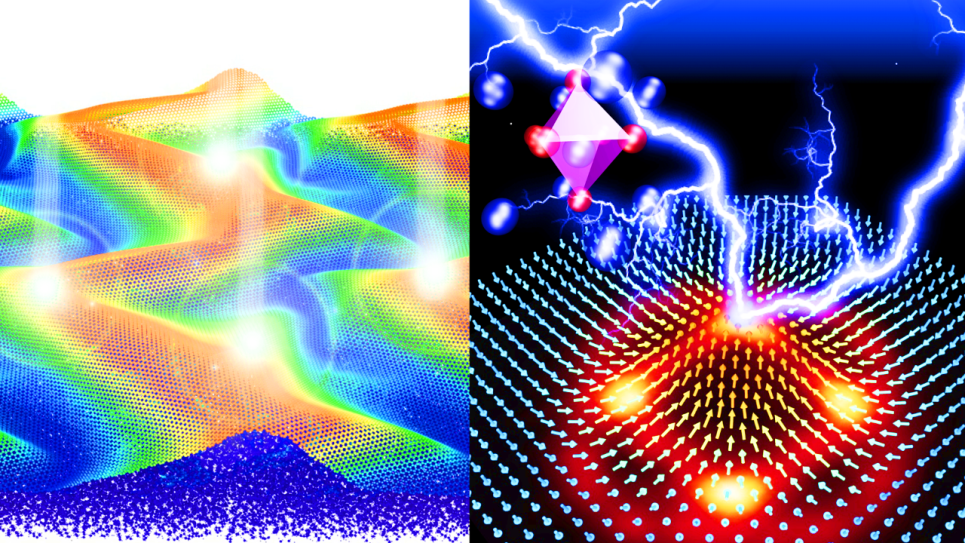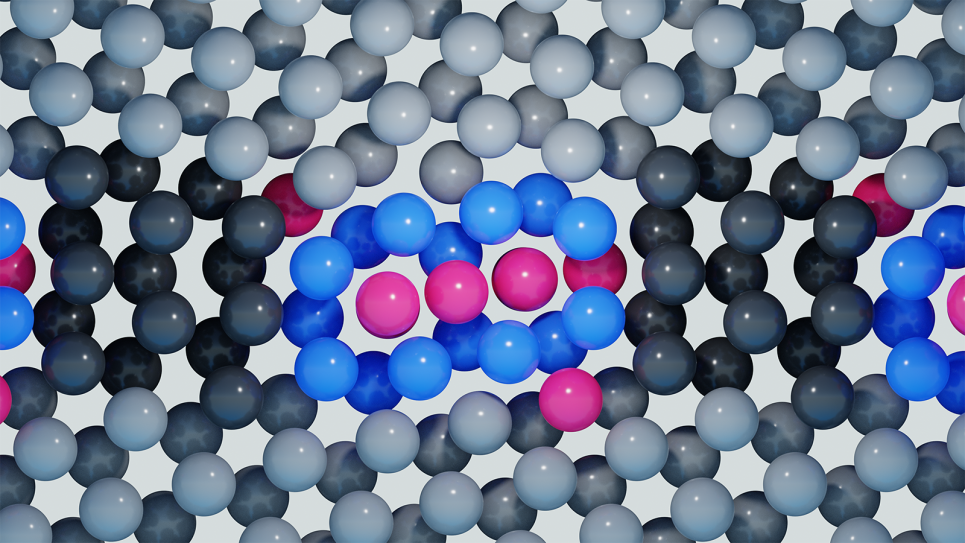This project tests a new glass-like boron carbide “shell” for fusion fuel capsules to keep the fuel cleaner during implosion and unlock much higher energy output.
This project aims to advance the development of next-generation amorphous ablator materials for Inertial Fusion Energy (IFE) by reducing deuterium-tritium fuel/ablator mixing and lowering the fuel adiabat, thereby enabling multi-megajoule yields. The ablator, a fundamental component of IFE, converts deposited energy into rocket-like recoil that drives ablative fuel capsule implosion involving compression, heating, and ultimately, ignition of the fusion fuel.
This simulation campaign, leveraging billion-atom molecular dynamics (MD) simulations on DOE’s Frontier and Aurora exascale supercomputers, seeks to uncover the potential of amorphous boron carbide (a-B₄C) as a high-performance IFE ablator material. We will generate critical data for high-gain IFE designs using a-B₄C targets by determining its equation of state across a broad range of pressure-temperature conditions, examining phase transformations along the shock Hugoniot, constraining its melting line, and investigating the emergence of shock front roughness at varying shock strengths.
Our simulations, uniquely coupled with dynamic compression experiments at DOE’s high-power laser facilities, will provide simulation guidance that enables us to achieve top-tier results while fostering an inspiring intellectual environment for the graduate students and postdocs involved in this project.

